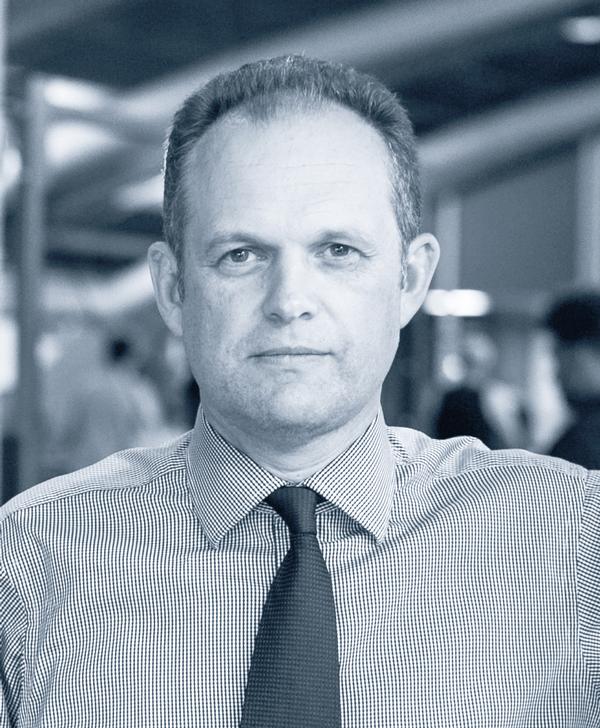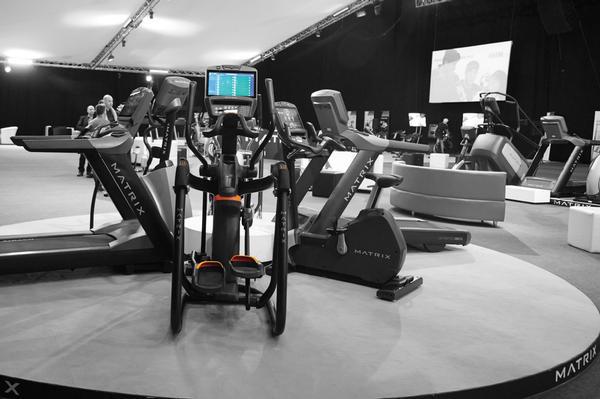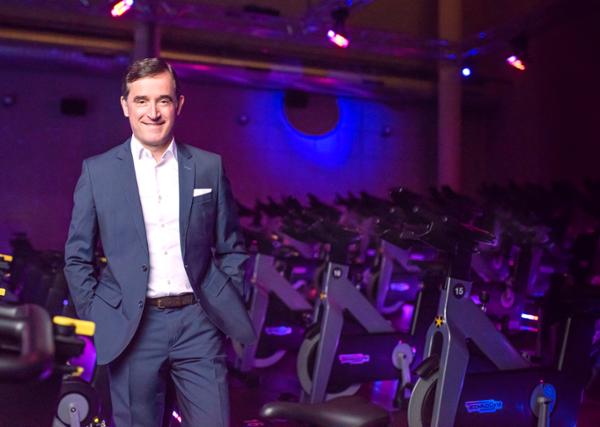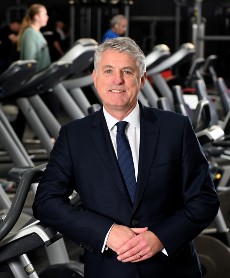features
Talking point: The mid-market
For the past decade, since the advent of low-cost clubs, there’s been talk of the mid-market disappearing. These clubs are still hanging on, but for how much longer? Kath Hudson reports

As low-cost brands such as Pure Gym and The Gym Group launched and then expanded across the UK, offering clean, spacious self-service gyms, open around the clock, without contracts and for half the price of a standard private health club membership, brands like Fitness First and LA fitness – which were still locking members in with contracts – started to feel the pinch.
Yes they offered more facilities, but for those who only used the gym, this didn’t really matter.
Despite bringing in management from the hospitality sector, investing in research and creating some innovative new formats such as BEAT and a High Performance Club in Australia, Fitness First – formerly the leading global health club chain – couldn’t turn things around fast enough. The UK estate has just been sold to DW Fitness; some of the clubs will be sold on to other operators and presumably rebranded.
Another of the UK industry’s original brands, LA fitness – which occupied the mid-market space, in spite of launching a handful of higher-end LAX clubs in London – was sold to Pure Gym in 2015.
Meanwhile, mid-market operator Bannatyne’s is now heading upmarket, aiming to reposition itself as a premium operator by placing more focus on the customer journey and improving synergies with its spa and hotel brands.
Virgin Active has also adjusted its strategy, selling 35 clubs – one-third of its estate – to Nuffield, so it can invest in and focus on its high-end Collection clubs, family clubs and racquets clubs.
Does all this activity mean the mid-market is finally disappearing, or can operators in this segment of the market evolve to survive? We ask the experts…
Ray Algar,
Managing director,
Oxygen Consulting

Mid-market clubs were very slow to respond when low-cost gyms entered the market and disrupted the status quo. Now, unless they can offer something more compelling, it will only be a matter of time before more of these generic health clubs start to close.
In the last couple of years, we’ve seen a disproportionate number of mid-market independents close as membership stagnated, membership prices remained flat and insufficient funds were generated to reinvest into refreshing the experience.
The low-cost and premium markets are both well defined, but historically the mid-market brands have deliberately been more generic. Neither one thing or the other. Could the former management team of LA fitness clearly define what was distinctive about their clubs?
The remaining legacy brands need to take stock and now jettison things which no longer serve them, or their members, and rediscover their core excellence. Similar offerings may be good enough when there’s significant geographic distance between clubs, but can be disastrous as the distance between health clubs shortens.
Mid-market clubs need to become experts, and build a reputation, in an area they really care about. Active4Less in Stevenage is an interesting example of a small town independent club which became low-cost, found it couldn’t compete with the purpose-built low-cost chains, and is now heading back to mid-market. Its USP is group exercise and it’s presenting itself as a gym with personality, where the character of the owner and staff shine through.
Meanwhile, an example of a mid-market brand that’s thriving is Anytime Fitness. The model is sometimes mistaken as a low-cost brand, with its 24/7 opening hours, but the operator clearly sees its future sitting between premium and low-cost offerings.
Anytime Fitness has confidence in its brand story: small, convenient neighbourhood gyms, with a personal and intimate atmosphere. And with its clubs having fewer than 900 members, it has the potential to provide a very supportive membership experience.
"Historically, the mid-market brands have deliberately been generic. Could the former management team of LA fitness clearly define what was distinctive about their clubs? "– Ray Algar
Michael Clark,
Owner,
Creative Fitness UK

As an industry, I think we can obsess too much about what we call our market segments, when ultimately most consumers don’t understand the nuances between budget or mid-market. They just see a gym, and then question why one costs £20 and another £60 or more.
Unless it’s a premium or destination club, most consumers will categorise the remainder of gyms as much the same and, as consumer research continues to tell us, they will choose to the join the most convenient one for them. If they have a choice when it comes to convenience, with two or more clubs in similar striking distance, then price becomes more of a factor. This tilts the tables in favour of the budget operators.
That said, big box mid-market clubs do have numerous offensive strategies available to them to counter the cost differential. One is to address the ongoing consumer frustration of having to pay for all the club’s services and facilities when they only use one or two areas. This can be achieved by breaking out popular formats – for example, some group exercise genres – into a boutique-style ‘club within a club’, with a separate pay as you go fee structure.
However, it’s essential that a concept like this is executed immaculately – ideally with a heightened look, feel, sound, touch and potentially a separate entrance. The price and differentiation of the offering must be clear, so members are willing to sign up to it, and so it’s able to attract a new type of consumer.
Another option is to pursue virtual membership, by engaging with technology to reach all those consumers who want to be more active but either don’t have access to gyms, or don’t feel the gym is for them. By offering virtual memberships and live-streamed pay per view events, operators could make members of people without them ever walking through their doors.
Going forward, I feel it will be all about how mid-market operators can articulate their differentiation and how they can attract new markets using technology and other services. A good location alone won’t be enough to stop consumers comparing on price and choosing what they see as a cheaper like-for-like option.
"We obsess too much about market segments, when ultimately most consumers just see a gym, and then question why one costs £20 and another £60 or more" – Michael Clark
Richard Millman,
CEO,
Total Fitness

We’re continuing to see a bifurcation of the marketplace in terms of proposition, consumers and price, and we look likely to be entering another round of acquisitions and consolidation. At one end are the low-cost clubs, which attract a younger, urban, more transient market and a high percentage of gym first-timers. They have a smaller footprint, with dry facilities, some group exercise and a monthly membership of around £20.
The full-service clubs have a broader range of facilities and product offering, along with higher customer service levels, and appeal to a more settled, mature and suburban market, with memberships of £45 and upwards in our geography in the north of England.
Total Fitness sits in the full-service category and, when a low-cost club opens near us, we typically lose a few hundred members – mainly the younger male members and some younger females. In response, we’ve strategically defocused our sales and marketing approach from those types of consumers, focusing instead on winning them back in a few years’ time when they mature.
Mid-market clubs generally have a smaller footprint than full-service clubs, so can be limited in how much they can change their proposition. However, it’s important they don’t stand still: they have to make the call one way or the other. They need a clear strategy and proposition for the consumer, differentiating on quality of product and service. They need to find their point of difference, both as a chain and as individual clubs.
Going upmarket – as some mid-market operators are trying or have tried to do – presents a marketing challenge. It’s easier to do if you have just one club than a chain, because to successfully make this move, operators must really understand their local marketplace – what their USP is locally – and how to capture new groups of customers. There are still lots of new audiences out there, provided clubs can define their proposition and find something unique to offer their particular geographic and consumer market.






































































